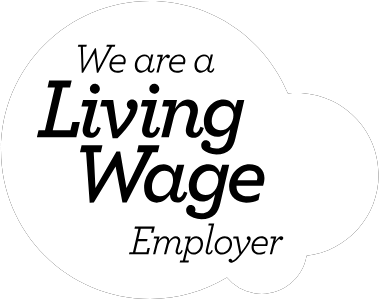How distinct are your communications on carbon? New taskforce agency Wilful looks at the ways in which brands are talking about their carbon emissions reductions to stand out.
Post COP26 the pressure has intensified for brands and businesses to get behind the global effort to reduce CO2 emissions. Assuming you have found a way to calculate your scope 1, 2 and 3 emissions in your organisation, supply chain and from your customers’ use of your product or service, you will likely already have a plan or a pledge to reduce CO2 emissions in place. (If you are lost already, there are helpful Carbon Trust definitions of the Scopes here ).
But here’s where the controversy can start from a brand and reputation perspective. Simply paying to offset your carbon footprint is no longer credible and can lead to questions from customers, investors, NGOs and other pressure groups. You need to be able to explain how you are reducing your carbon emissions alongside voluntary offsets or carbon removals and be prepared to report annually on progress. What might have once been a nice environmental chapter of an impact or sustainability report is now being addressed by regulation, at least for the UK’s largest companies.
From April 2022, over 1,300 of the largest UK-registered companies and financial institutions will have to disclose climate-related financial information on a mandatory basis – in line with recommendations from the Task Force on Climate-Related Financial Disclosures (TCFD). This global voluntary initiative is designed to help standardise how investors can compare the climate risk and Net Zero transition plans of companies in their portfolios. While asset managers and insurers are well equipped to ingest this kind of financial reporting data, business customers and consumers can’t be expected to get to grips with the complexities (or the acronyms).
That doesn’t mean however that there isn’t a need for reliable and comparable data among all sizes of business. At the end of October, just before COP26, The Science Based Targets Initiative (SBTi) launched a new Net Zero Standard for corporates. SBTi is a collaboration between CDP, World Resources Institute (WRI), the World Wide Fund for Nature (WWF), and the United Nations Global Compact (UNGC). One major brand that lent its support at launch was Heineken, recording a video that positioned the organisation as being very much on the front foot on how it reports its climate data.
In its 4 point plan, SBTi wants to ‘limit reliance on carbon removals at scale’ in favour of emissions reductions targets. Leading academics and the IPCC argue for both. Professor Myles Allen who leads Oxford University’s Climate Dynamics Group makes a strong case for fossil fuel companies being encouraged to get involved in CO2 removal in this BBC podcast. He argues that they are some of the best resourced and best incentivised players in terms of needing to transition their business models into new areas. But how would giving money to fossil fuel companies to do a clean-up look in the current market in which it is fashionable to be giving polluters a tough time?
Prof Allen has recently been appointed as Chair to the advisory board of Puro.earth – a marketplace that is aiming to scale carbon removals using different techniques, many of them nature-based solutions. NBS, to give them their proper acronym, are arguably much easier to position as part of brand and reputation work, not least because of their dual impact – helping preserve biodiversity while also mitigating climate change. Puro offers the option of helping scale companies that are producing soil enhancers like biochar which are carbon net negative to produce. Biochar is the methodology favoured by Puro customer Microsoft, probably because regenerating soil is such an emotive issue in its native US – a country that is historically no stranger to the effects of soil over-exploitation.
But there are other marketplaces offering different nature-based solutions with opportunities to connect with customers more directly. UK B Corp, Earthly, debuted a dynamic digital ‘island’ at COP26 that visualises carbon removals in an immersive user fly-through experience of carbon sequestering eco-systems including mangroves, rainforests and sea kelp beds. Brands using this technology can share their digital islands with customers and other stakeholders to create an ongoing carbon conversation. Early adopters of this approach include Crowdcube which offsets the carbon emissions of all of its online crowdfunding activities, keeping its community fully informed of its progress on their behalf.
Beyond the issue of offsetting and removals, competitions are still a favourite for creating cut through for climate activist brands on a mission. Sky shows there’s still plenty to be gained from celebrating the successes of others. It recently announced the winners of its Zero Footprint Fund to help amplify the message of brands creating positive behaviour change including zero food waste app Olio and zero plastic baby wipes brand Pura.
So whether you are currently a Net Zero Communications Hero for communicating your own commitments and CO2 reductions strategies, or whether you are collaborating to help others shine, the carbon conversation is one that is only going to get louder. So don’t wait too long to join in and make yourself heard.






